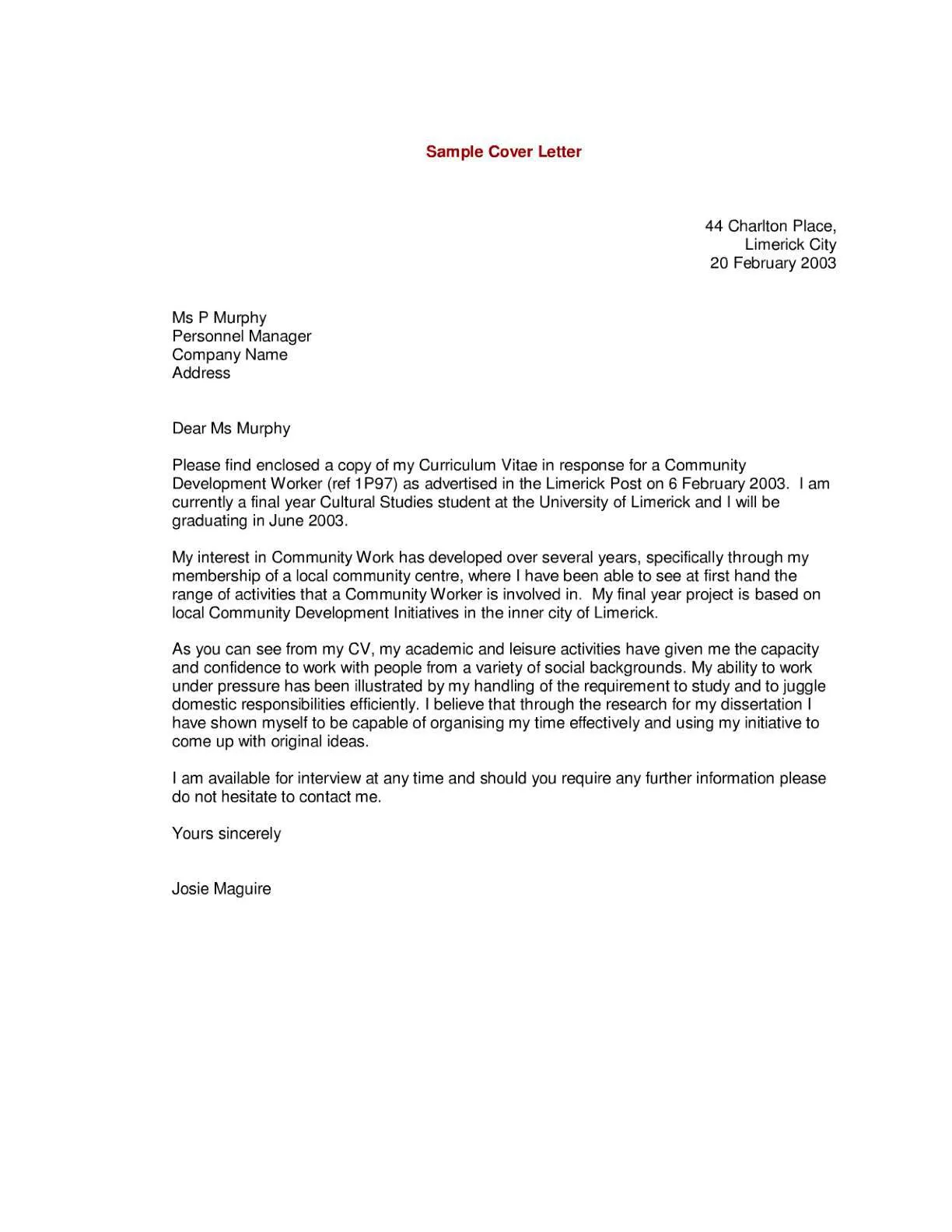What Is a Cover Letter?
A cover letter is a crucial document that accompanies your resume when applying for a job. It serves as your introduction to the hiring manager, providing an opportunity to showcase your personality, skills, and enthusiasm for the position. Unlike a resume, which is a summary of your experience and qualifications, a cover letter allows you to tell a story, explaining why you are the ideal candidate for the specific role. It offers a chance to highlight your achievements, connect your skills to the job requirements, and express your genuine interest in the company and the position. A well-crafted cover letter can significantly increase your chances of getting noticed and securing an interview, making it an indispensable part of any job application.
Why Is a Cover Letter Important?
Cover letters are important because they provide context to your resume, helping the hiring manager understand your career goals and how your skills align with the job. A cover letter lets you personalize your application, tailoring it to the specific requirements of the role and the company. It demonstrates your communication skills, your ability to write persuasively, and your understanding of the job and the organization. Many employers use cover letters to gauge a candidate’s interest and personality, so a well-written letter can make you stand out from the crowd. Furthermore, it enables you to explain any gaps in your employment history, career changes, or other aspects of your background that may require additional explanation. Ignoring a cover letter means missing an opportunity to make a strong first impression and demonstrate why you are the best fit for the job.
Key Components of a Cover Letter

A compelling cover letter comprises several key components that work together to create a strong impression. These components include a clear and concise header, a professional greeting, an engaging introduction, well-structured body paragraphs, and a compelling closing. Each section plays a vital role in effectively communicating your qualifications and enthusiasm. The header should include your contact information, while the greeting should address the hiring manager by name whenever possible. The body paragraphs should highlight your skills, experiences, and achievements, demonstrating how they align with the job requirements. The closing should reiterate your interest and include a call to action, such as requesting an interview. Paying attention to each element ensures your cover letter is polished, professional, and persuasive.
Header and Contact Information
The header of your cover letter should be at the top of the document and include your contact information, such as your name, phone number, email address, and optionally, your LinkedIn profile URL or personal website. This information is essential for the hiring manager to quickly identify you and contact you if they wish to move forward with your application. The header should be well-formatted and easy to read, using a clear font and appropriate spacing. Ensure your contact information is up-to-date and professional, as this is the first impression you make on a potential employer. A well-designed header not only provides the necessary contact details but also enhances the overall professional appearance of your cover letter. Remember to match the header style with your resume for a consistent look across your application materials.
Greeting and Salutation
The greeting sets the tone for your cover letter. Aim to address the hiring manager by name; this shows that you have taken the time to research the company and the role. If the hiring manager’s name isn’t available, use a professional greeting such as “Dear Hiring Manager” or “Dear [Company Name] Hiring Team.” Avoid generic greetings like “To Whom It May Concern,” as they can make your letter seem impersonal. The salutation should be followed by a comma. Maintaining a professional tone throughout your greeting builds rapport and sets the stage for a positive interaction. When you personalize your greeting, you demonstrate your attention to detail and your genuine interest in the position. Researching the company’s website or LinkedIn can often help you identify the hiring manager’s name.
Body Paragraphs
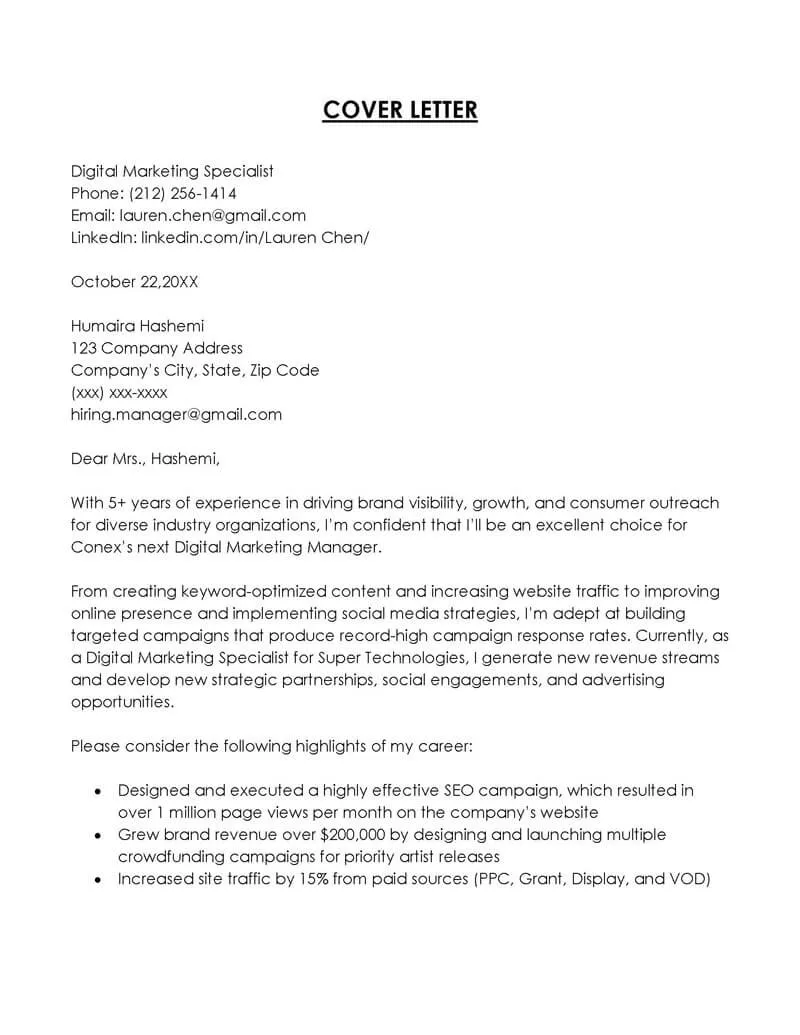
The body paragraphs form the core of your cover letter, where you highlight your skills, experiences, and achievements, showcasing how they align with the job requirements. Structure your body paragraphs logically, typically using three to four paragraphs to convey your qualifications effectively. Each paragraph should have a clear focus, starting with an introduction that captures the reader’s attention, followed by supporting details. Emphasize relevant skills, quantifiable accomplishments, and concrete examples to demonstrate your value. Tailor your content to the specific job description, using keywords and phrases from the job posting. Maintain a professional and enthusiastic tone, highlighting your interest in the company and the position. Well-crafted body paragraphs are crucial for demonstrating your fit for the role and making a strong case for why you deserve an interview.
First Paragraph Grab Attention
The first paragraph of your cover letter serves as an introduction and should immediately capture the hiring manager’s attention. Start with a strong opening statement, such as expressing your enthusiasm for the role, mentioning a referral, or highlighting a relevant achievement. Clearly state the position you’re applying for and where you saw the job posting. This paragraph sets the tone for the rest of your letter, so make it concise, engaging, and tailored to the specific job. Avoid generic openings like “I am writing to express my interest.” Instead, aim to be direct, enthusiastic, and focused. The first paragraph is your chance to make a memorable first impression, so make it count by immediately grabbing the reader’s attention and setting the stage for the rest of your letter.
Second Paragraph Showcase Skills
In the second paragraph, showcase your relevant skills and experiences, demonstrating how they align with the job requirements. Use specific examples to illustrate your qualifications, and quantify your achievements whenever possible. Tailor your examples to the job description, highlighting the skills and experiences that are most relevant to the position. Use keywords from the job posting to ensure your letter resonates with the hiring manager and the applicant tracking systems (ATS). This paragraph is your opportunity to prove that you have the skills and qualifications needed to succeed in the role. Providing concrete examples, such as accomplishments and achievements, helps to make your claims more believable and persuasive. Emphasize your value to the company, clearly demonstrating what you can bring to the table.
Third Paragraph Express Enthusiasm
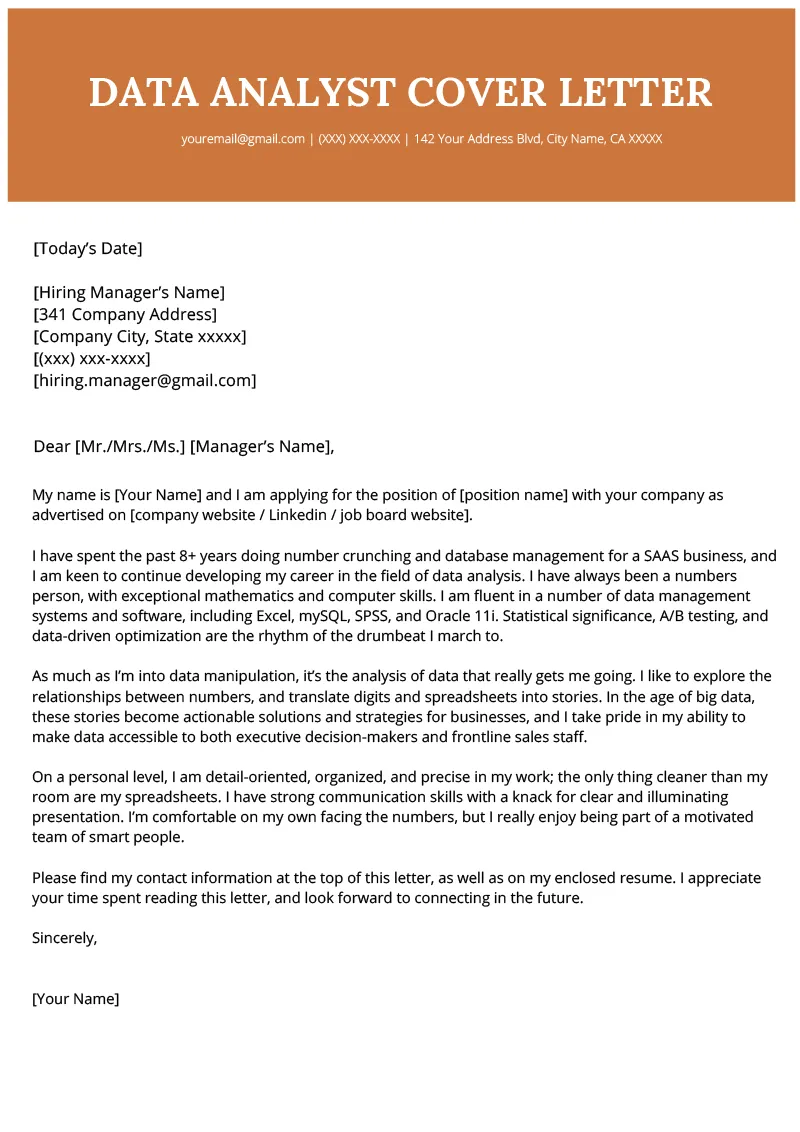
The third paragraph should express your genuine enthusiasm for the company and the specific role. This is your chance to demonstrate that you have researched the company and understand its mission, values, and culture. Explain why you are interested in working for them and what attracts you to the position. Connect your skills and experiences to the company’s goals and values, showing that you can contribute to their success. Showing genuine interest demonstrates your commitment and increases the likelihood that the hiring manager will be excited about the possibility of meeting you. Highlight any specific aspects of the company or the role that resonate with you, such as their innovative approach, their focus on teamwork, or the opportunities for professional growth. Your enthusiasm will help differentiate you from other candidates and make a positive impression.
Closing Paragraph Call to Action
The closing paragraph should reiterate your interest in the position and include a call to action. Thank the hiring manager for their time and consideration, and express your eagerness to discuss your qualifications further. Clearly state your intention to follow up, and provide your contact information again. This is your final opportunity to reinforce your interest and leave a lasting impression. Make sure your call to action is clear and specific, such as requesting an interview or offering to provide additional information. Avoid vague statements like “I look forward to hearing from you.” Instead, be proactive and assertive. Maintain a professional and confident tone throughout your closing. A strong closing paragraph can increase your chances of getting a positive response and securing an interview. Remember to proofread your entire cover letter, including the closing, for any typos or grammatical errors.
Formatting and Design
The formatting and design of your cover letter play a significant role in making a positive impression. A well-formatted cover letter is easy to read and visually appealing, demonstrating your attention to detail and professionalism. Consider using a simple, clean font such as Times New Roman, Arial, or Calibri for readability. Maintain a consistent font size throughout the document, typically between 11 and 12 points. Use single spacing and left alignment, with ample white space to separate paragraphs and sections. Ensure your letter is no more than one page long, as hiring managers often have limited time to review applications. Choose a professional and uncluttered design that enhances the content rather than distracting from it. A well-formatted cover letter is not only visually appealing but also reflects your professionalism and attention to detail.
Font and Readability
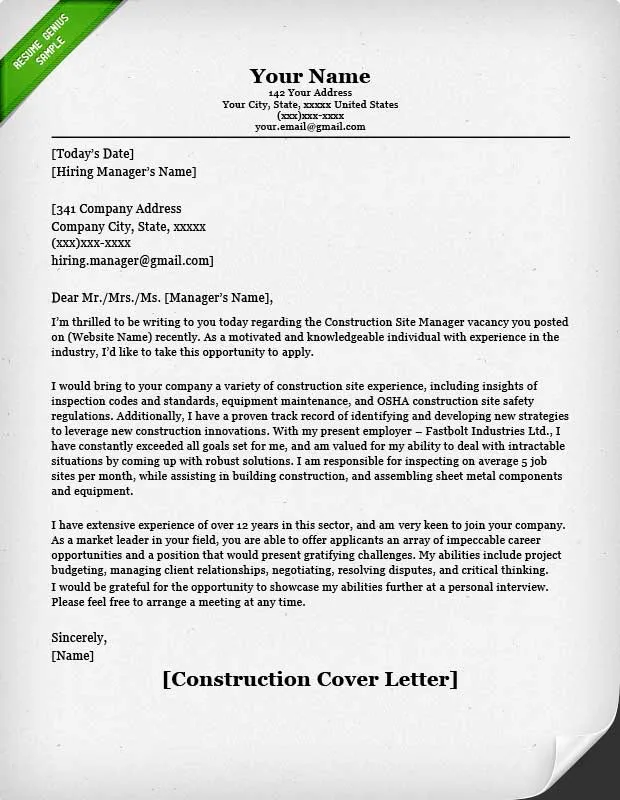
Choosing the right font is crucial for ensuring your cover letter is readable and professional. Opt for a clear and easily readable font like Times New Roman, Arial, or Calibri. Avoid using fancy or overly decorative fonts that can be difficult to read. Maintain a consistent font size throughout the document, typically between 11 and 12 points, to ensure readability. Make sure your text is well-spaced, using single spacing and clear paragraph breaks to improve readability. Use bolding or italics sparingly, and only to highlight important information. The goal is to create a document that is easy for the hiring manager to read and comprehend quickly. Clear font choices and formatting contribute to the overall professionalism of your cover letter, increasing your chances of a positive first impression.
Length and Structure
The length and structure of your cover letter are essential for maintaining reader engagement. The ideal length for a cover letter is one page. Keep your content concise and focused, avoiding unnecessary details. Structure your letter logically, using clear headings and paragraphs to guide the reader. Start with a strong introduction to grab the reader’s attention, and follow it with well-organized body paragraphs that highlight your skills and experiences. End with a compelling closing that reiterates your interest and includes a call to action. Use proper spacing between paragraphs, and make sure each paragraph has a clear purpose. Avoid lengthy paragraphs, breaking up large blocks of text to make them easier to digest. A well-structured and concise cover letter demonstrates your ability to communicate effectively and efficiently, which is a valuable asset in any workplace. Prioritize the most relevant information and focus on making your case in a clear and compelling manner.
Cover Letter Examples
Reviewing cover letter examples can give you a clear understanding of the structure, content, and tone that work well for different positions and industries. A variety of examples can help you tailor your cover letter to specific job applications and customize your application. There are many resources available online that provide cover letter templates and examples, allowing you to adapt your letter to different situations. Using different cover letter examples for various professions can help you to better tailor your application based on your career goals. By analyzing different cover letters, you can gain a better understanding of how to effectively highlight your qualifications and express your enthusiasm. Adapting examples to your personal situation will help you create a strong and persuasive cover letter that stands out.
Example 1 Entry-Level Position

When writing a cover letter for an entry-level position, emphasize your educational background, relevant coursework, internships, volunteer experiences, and any transferable skills. Focus on demonstrating your enthusiasm and willingness to learn and adapt. Tailor your cover letter to the specific job, highlighting how your skills match the requirements. Even if you lack extensive professional experience, you can still showcase your potential by highlighting your academic achievements, projects, and any extracurricular activities that demonstrate your skills, teamwork abilities, and problem-solving skills. Be sure to express your eagerness to contribute to the company and your desire to grow professionally. Keep your cover letter concise, and demonstrate your commitment to learning and making a meaningful impact on the team.
Example 2 Experienced Professional
For experienced professionals, a cover letter is an opportunity to showcase your achievements and expertise. Highlight your key accomplishments and quantify your results whenever possible. Focus on how your skills and experience align with the job requirements and the company’s strategic goals. Provide specific examples of how you have excelled in previous roles. Describe your leadership skills, and your ability to drive results. Tailor your cover letter to the specific job posting, highlighting your experience and how you can bring value to the company. Demonstrate your understanding of the industry and the company’s challenges, and how you can help the company achieve its objectives. Showcase your value with quantifiable achievements to make your case even stronger.
Example 3 Career Change
If you’re pursuing a career change, your cover letter is a chance to address any potential concerns the hiring manager may have about your transition. Focus on highlighting the transferable skills you have gained in your previous roles. Connect your previous experiences to the requirements of the new role, emphasizing the skills and experience you can bring to the position. Explain your motivation for the career change, and express your enthusiasm and commitment to the new field. Emphasize your willingness to learn and adapt, and demonstrate your understanding of the new industry. Your cover letter should convince the hiring manager that your transferable skills outweigh the lack of direct experience in the new field. Focus on the positive and communicate your excitement for your career change.
Common Mistakes to Avoid
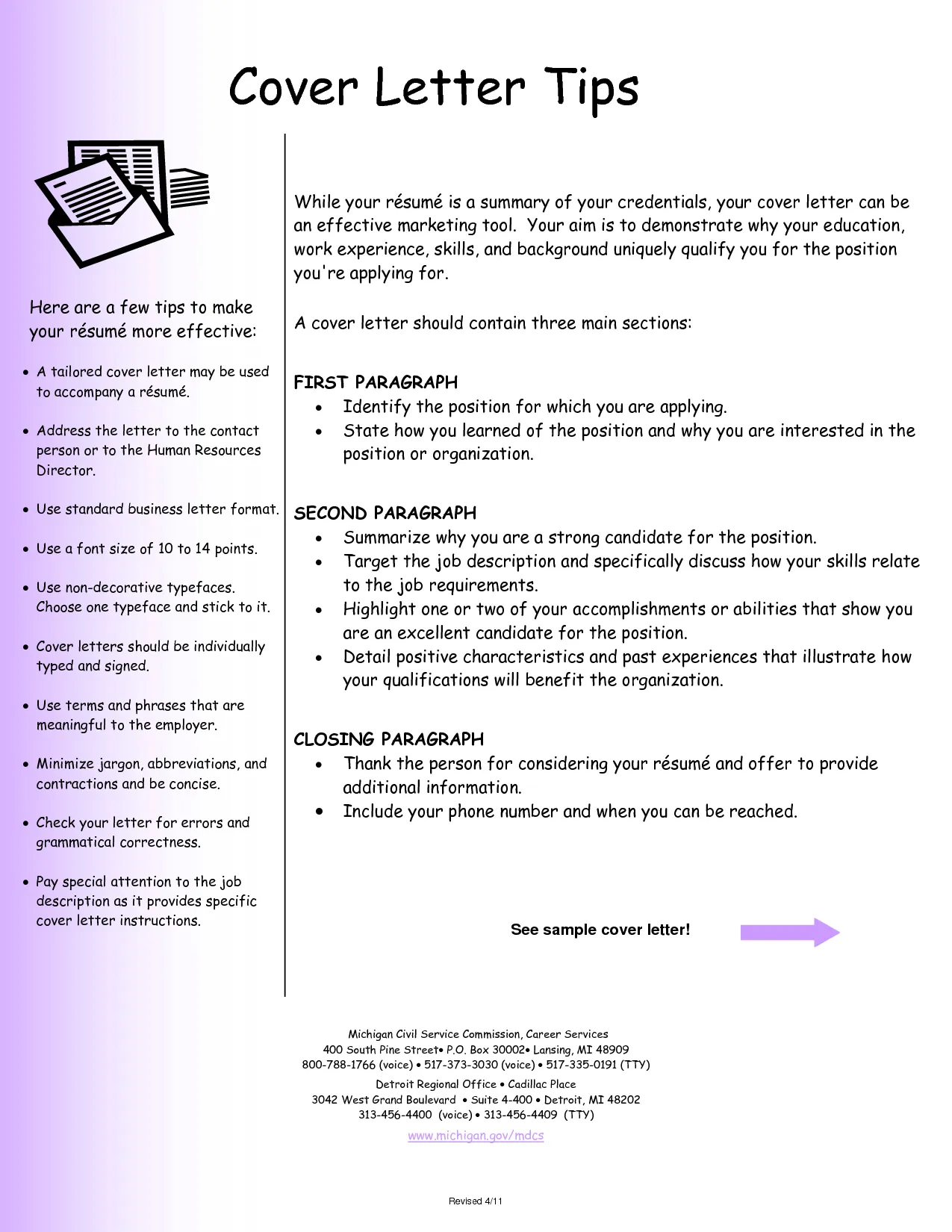
Avoiding common mistakes is essential for creating a cover letter that makes a positive impression. Common mistakes include typos and grammatical errors, generic and vague language, and ignoring the job description. These mistakes can undermine your credibility and make your application appear unprofessional. Proofread your letter carefully, paying attention to spelling, grammar, and punctuation. Avoid using generic phrases that don’t reflect your unique qualifications. Customize your cover letter to match the specific job requirements. By taking these steps, you can ensure your cover letter is polished, professional, and persuasive. Paying close attention to detail and tailoring your message to the specific job will help you avoid common pitfalls and increase your chances of success.
Typos and Grammatical Errors
Typos and grammatical errors can severely damage your credibility and make you appear careless. Before submitting your cover letter, proofread it meticulously for any mistakes. Use a spell checker and grammar checker, but don’t rely solely on these tools; proofread the document yourself to ensure accuracy. Read the letter aloud to catch any errors that you might miss while reading silently. Have a friend or colleague review your cover letter as a second pair of eyes. Typos and grammatical errors show that you have not paid attention to detail. Always make sure to submit a clean and professional document, as it reflects your commitment to excellence.
Generic and Vague Language
Generic and vague language is another common mistake that should be avoided. Avoid using cliché phrases and generic statements that could apply to any job. Instead, use specific examples and quantify your achievements to show what you’ve accomplished. Customize your cover letter to match the specific requirements of the job. Highlight your relevant skills and experiences using concrete examples, not generic generalizations. Being specific and concise, helps you stand out and clearly conveys your value to the employer. Avoid using overused phrases and focus on demonstrating your unique qualifications and experiences. Show the employer what you can offer.
Ignoring the Job Description
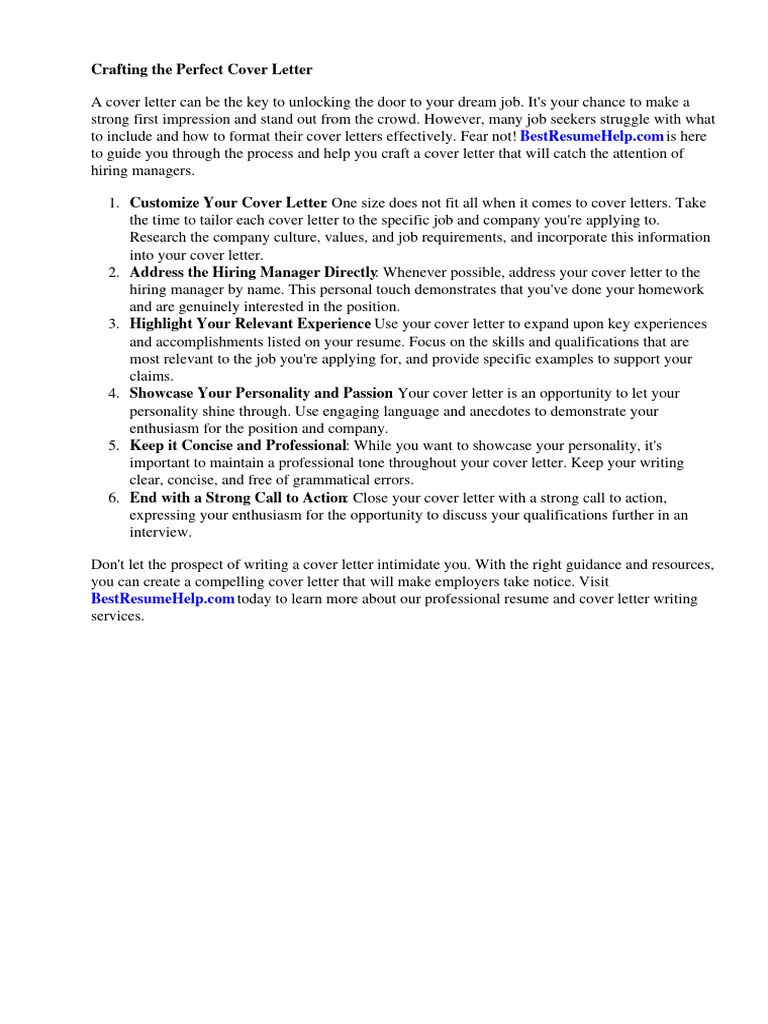
Ignoring the job description is a major mistake that significantly reduces your chances of getting hired. The job description provides critical information about the role’s requirements, skills, and expectations. Tailor your cover letter to the specific job description, highlighting your relevant skills and experiences. Use keywords and phrases from the job description to showcase your alignment with the position. Address all the essential requirements outlined in the description, and demonstrate how your skills and experiences make you the ideal candidate. By customizing your cover letter based on the description, you prove that you have paid attention to detail and have carefully considered the role.
Tips for Customization
Customization is key to writing a compelling cover letter. Tailoring your letter to each job you apply for demonstrates your genuine interest and attention to detail. Start by researching the company and the specific role. Analyze the job description to identify the key requirements and skills. Use keywords from the job description throughout your letter. Highlight your relevant experiences, achievements, and skills, and tailor your letter to match the job’s requirements. Show how your skills align with the company’s values and goals. Proofread your letter carefully, and always send a customized cover letter with your resume.
Tailoring Your Cover Letter
Tailoring your cover letter is essential for creating a compelling application. Before you start writing, research the company and understand their mission, values, and culture. Analyze the job description carefully, identifying the required skills, qualifications, and experience. Highlight the relevant experiences in your cover letter, and use the keywords and phrases from the job posting. Tailor your letter to demonstrate how your skills, experience, and career goals align with the job. Explain why you’re interested in this specific role and company. Always customize your cover letter to reflect the specific needs of the role and the company you’re applying to. This will help the recruiter see you as a good fit.
Keywords and ATS
Many companies use Applicant Tracking Systems (ATS) to scan resumes and cover letters. Understanding how ATS works can improve your chances of getting your application noticed. Use keywords from the job description in your cover letter. ATS systems scan for these keywords to determine if your application matches the job requirements. Optimize your cover letter for ATS by using a clear and easy-to-read format. Avoid using complex formatting, tables, or graphics, as they can be difficult for ATS to parse. Ensure your cover letter is easy to read, with clear headings and sections. By optimizing your cover letter for ATS, you increase your chances of passing through the initial screening process and having your application reviewed by a human recruiter.
Proofreading and Editing
Proofreading and editing your cover letter are critical steps in ensuring it is polished, professional, and error-free. After you have written your cover letter, take the time to proofread it carefully. Check for any spelling, grammar, and punctuation errors. Read your cover letter aloud to catch any errors you might miss when reading silently. Have a friend or colleague review your cover letter as a second pair of eyes. They may catch mistakes that you have overlooked. Review your cover letter’s content to ensure it is clear, concise, and well-organized. Ensure you are using a professional tone and that your message is consistent and persuasive. Thorough proofreading and editing help you present yourself in the best possible light, increasing your chances of securing an interview. Always make sure the final version is flawless before submitting your application.
